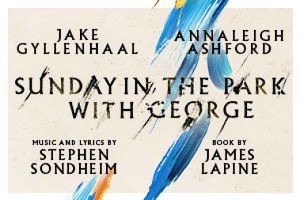5 Broadway Theaters That Need to Come Back
The Hudson has rejoined the Great White Way, but what other New York theaters await resurrection?
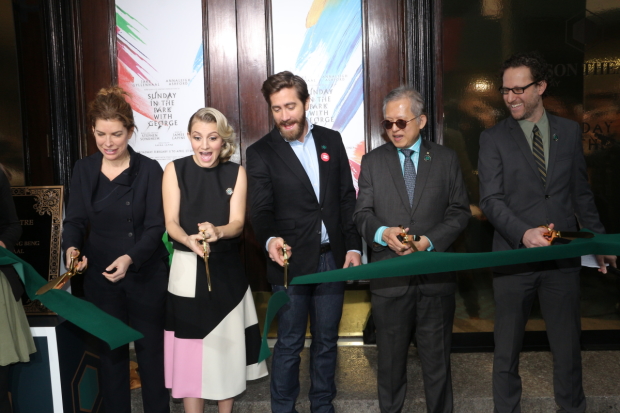
(© David Gordon)
The Jake Gyllenhaal-led revival of Sunday in the Park With George begins performances at the Hudson Theatre this week, making it the first Broadway show at the venue in a half century. The theater has had a variety of uses since the short-lived 1968 production of Mike Downstairs (the last Broadway tenant): It was a movie house, rock club, and event space. But the Hudson wasn't designed for any of those purposes. It was built to house Broadway theater, and we are delighted that it is now back to doing just that.
This got us thinking about what other Broadway theaters we would love to see come back from the dead. We've compiled a list of the top five: They range from the well-maintained but misused to the completely demolished. With business booming on Broadway, there is no better time than now to bring them home.
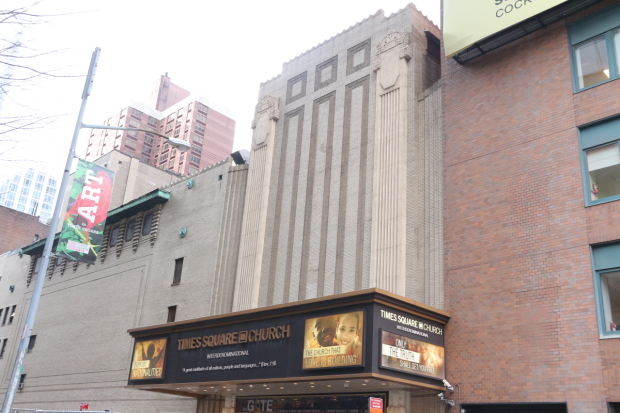
(© David Gordon)
1. The Mark Hellinger Theatre
Of all the repurposed theaters on the rialto, the Hellinger is in the best shape to begin serving Broadway again, but its current owner would have to sell first — an unlikely prospect in this real-estate market. It was a lot more likely in 1991, when the Nederlander Organization sold the theater to the Times Square Church, which had been leasing the space. At the time of the sale, Nederlander executive vice president Arthur Rubin explained to the New York Times, "It's a question of economics. We can't fill the theaters we have." This wasn't always the case: The Hellinger opened in 1930 as the Warner Bros. Hollywood Theatre, a movie house, but demand quickly led it to transition to live shows. Its most famous tenants include the original productions of My Fair Lady, A Funny Thing Happened on the Way to the Forum, and, ominously, Jesus Christ Superstar. With Broadway once again ascendant, producers will increasingly look upon the theater-turned-church with covetous eyes.
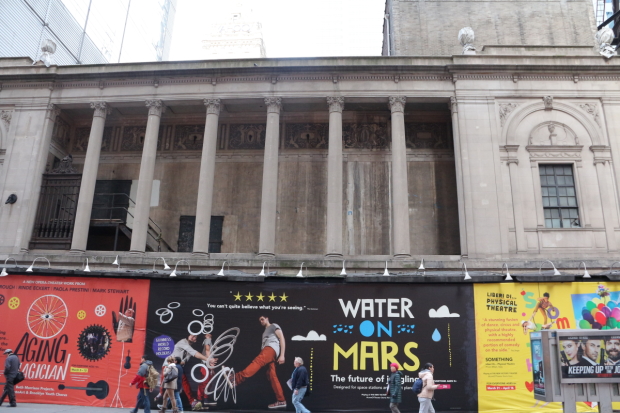
(© David Gordon)
2. The Times Square Theatre
It is right on 42nd street and shares the name of the neighborhood. So why is the Times Square Theatre so chronically vacant? Its detractors claim that a unique setup (it once shared an entrance with the Apollo, which has since been incorporated in the Lyric Theatre) makes producing in the space too burdensome onstage for crews — the set would have to be loaded directly from 42nd Street. Still, the theater hosted a string of important shows in its early years including The Front Page (1928), the Gershwins' Strike Up the Band (1930), and Private Lives (1931). Rumors of new prospective buyers seem to crop up every year, but the theater remains dark. Whoever takes over the space, we hope they honor its intended purpose of presenting live theater.
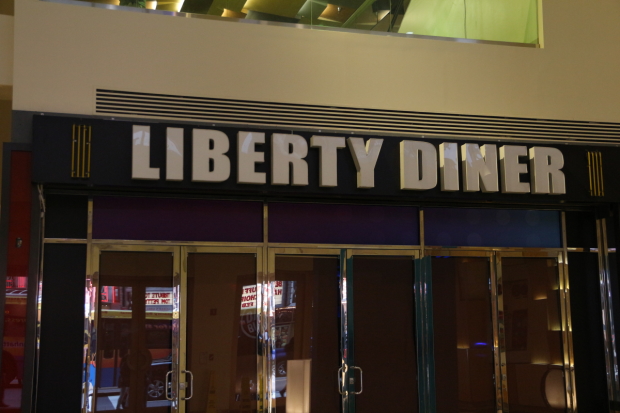
(© David Gordon)
3. The Liberty Theatre
Built in 1904, the Liberty was home to George M. Cohan's Little Johnny Jones, George Gershwin's Lady, Be Good!, and George White's Scandals. But after the Georges dried up in 1933, the space was converted into an increasingly rundown movie house. As part of the renovation of 42nd Street in the 1990s, Forest City Ratner commandeered the theater's 42nd Street entrance for its entertainment and shopping complex. Giant marquees for Madame Tussaud's, Dave & Buster's, and Ripley's Believe It or Not conceal the fact that a legitimate theater still exists onsite. Believe it or not, the Liberty's auditorium remains mostly intact behind the modern signage. It is now used for special events, but it could easily be a theater again. In 2015, the ambitious folks at Speakeasy Dollhouse produced an immersive show there called Ziegfeld's Midnight Frolic. Considering the immersive methods used in Natasha, Pierre & The Great Comet of 1812, this ancient house might just be the ideal venue for the Broadway of tomorrow.

(© David Gordon)
4. Manhattan Opera House
Once upon a time, Broadway impresario Oscar Hammerstein the elder built a grand theater to rival the Metropolitan Opera. He was so successful that the Met paid him $1.2 million (a lot of money in 1910) to refrain from producing opera for 10 years. The theater never really got back into the opera business after that, but it did house vaudeville and classical repertory. Now known as the Manhattan Center, the venue hosts concerts, television tapings, and ceremonies for its most recent owner, the Unification Church. It's on 34th Street, putting it well out of the theater district, but as the Lincoln Center's Vivian Beaumont Theater shows us, this is no barrier to being considered a Broadway theater. Of course, there are more practical concerns: With seating for over 3,000, Manhattan Opera House would be the largest house on Broadway, enough to make any serious commercial producer balk at the prospect of all those empty seats. This giant beauty will probably never shelter our decennial Broadway revival of Fiddler on the Roof, but it's fun to dream.

(© Robert E. Meadows)
5. The Fulton Theatre
This is the most fanciful entry on the list, because unlike the other four theaters, none of it remains standing: Built as the Fulton in 1911, it is better known to Broadway old-timers as the first Helen Hayes Theatre. It had a stunning beaux arts auditorium and an iconic facade that seemed to capture manic glamor of Broadway. It was both architecturally and historically significant, having housed the original productions of Long Day's Journey Into Night, The Seven Year Itch, and Equus. Sadly, it was completely demolished during the great theater massacre of 1982 (along with the Bijou, Gaiety, Astor, and Morosco theaters) to make way for the Marriott Marquis Hotel. It seems gone for good, but if there is an enlightened billionaire with aspirations of being a Broadway landlord out there, you could do no better to ingratiate yourself with the theater community than to lovingly reconstruct the Fulton on a new site, safe from the grasp of hotel developers.

